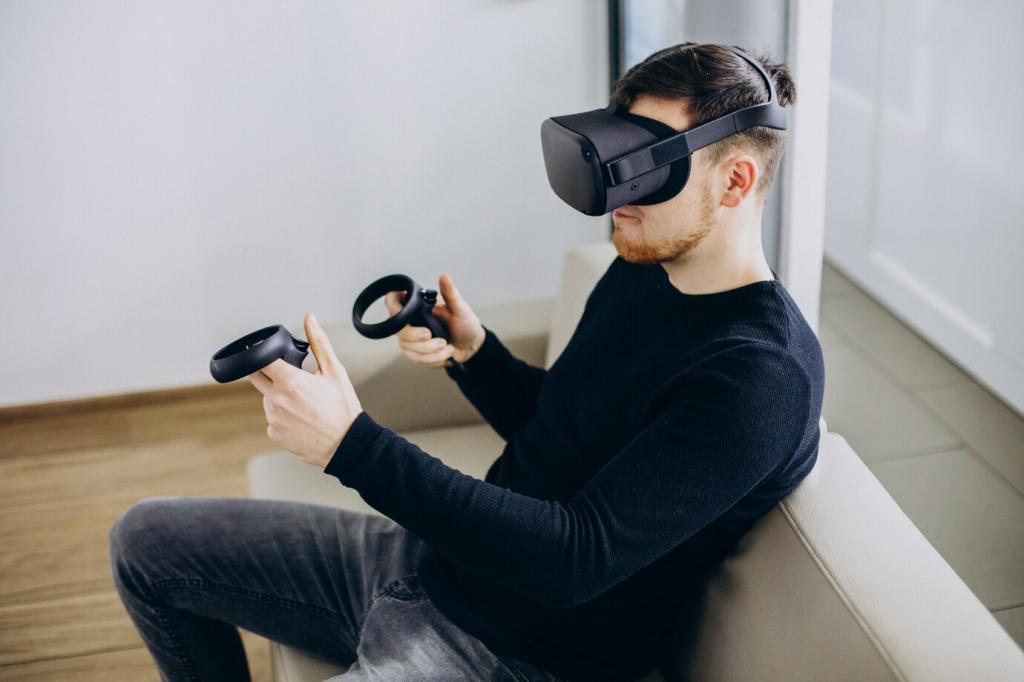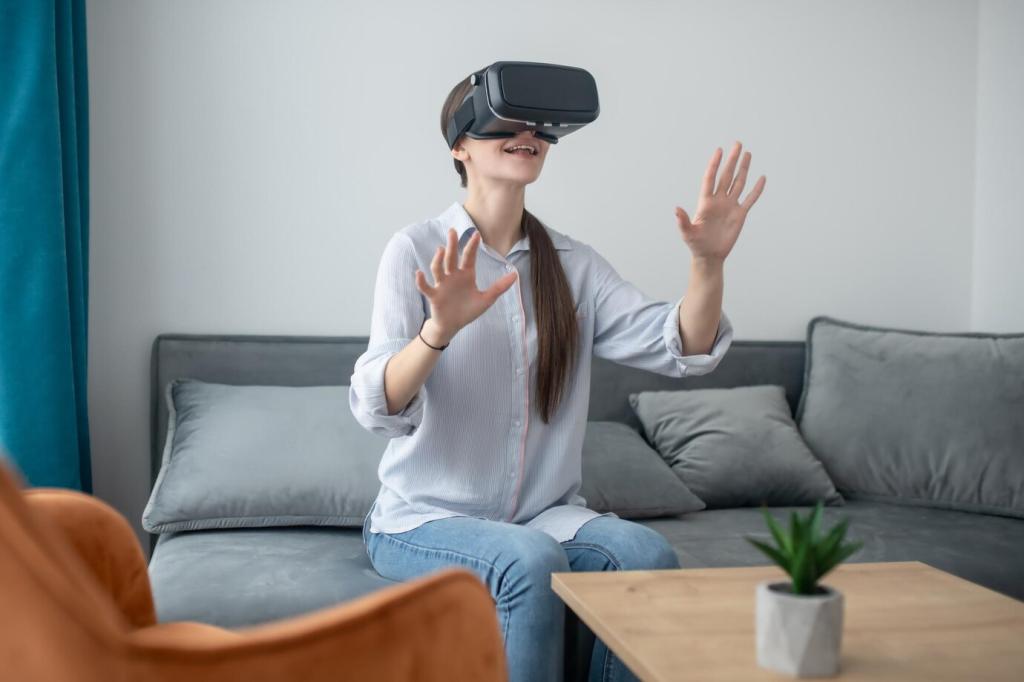Transforming Therapy with Virtual Reality Technologies
The Emergence of VR in Therapeutic Settings

Virtual reality’s journey into therapy began with forward-thinking clinicians exploring its potential to supplement traditional methods. These pioneers utilized VR initially for exposure therapy, gradually expanding its use to phobia treatment, PTSD, and social skills training. As its efficacy became evident through clinical studies, adoption rates soared, with medical institutions incorporating VR suites and practitioners receiving specialized training. The shift was driven by VR’s ability to offer controlled, repeatable, and safe Exposure scenarios that are difficult or impossible to replicate in the physical world, thus enabling more rapid, measurable, and lasting progress in patient outcomes.

Previous slide
Next slide
Physical Rehabilitation through Virtual Reality
Traditional rehabilitation exercises often suffer from a lack of patient motivation and engagement, ultimately hindering recovery outcomes. VR addresses this challenge by transforming therapy into an enjoyable, game-like experience. Interactive applications encourage users to perform therapeutic movements as part of games or scenarios that capture their attention and make repeated practice rewarding. The immersive nature of these exercises reduces perceived effort and fatigue, leading many patients to adhere more closely to prescribed programs and achieve better functional results over time.

